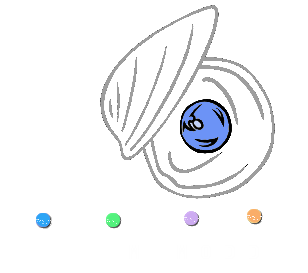MiModD Hardware Requirements¶
In general, MiModD enables the analysis of WGS data from a wide range of model organisms on standard personal computers. Still, of course, the performance of the package will be influenced by your exact system configuration. Obvious factors to consider are:
processor power:
not only is WGS data analysis a computationally expensive task, but MiModD also tries to parallelize several steps in the analysis workflow, so a modern multi-core processor possibly supporting hyper-threading is a good choice.
hard disk drive performance:
MiModD may write several GB of temporary data to your hard disk during a typical analysis. A low error-rate and good performance of your system’s hard disk is necessary if you do not want I/O operations to become the bottle-neck for the analyses.
If you are going to use MiModD regularly, you may consider using a second hard disk for storing temporary data. MiModD lets you configure its temporary data directory. Having this directory on a separate hard disk will help greatly in increasing responsiveness of your system with any I/O operations (like opening additional files, exploring directories, etc.) during an ongoing analysis.
Most importantly, however, the memory requirements of MiModD depend on the genome size of the organism that is analyzed or, more precisely, on the size of the reference genome used for the alignment step. The following table lists memory requirements for some common model organisms:
| Species | genome size | memory (minimal/recommended) [*] |
|---|---|---|
| S.cerevisiae | 12 Mbases | 4 GB / 8 GB |
| C.elegans | 100 Mbases | 8 GB / 16 GB |
| Drosophila | 120 Mbases | 8 GB / 16 GB |
| Medaka | 700 Mbases | 16 GB / 20 GB |
| Zebrafish | 1500 Mbases | 24 GB [†] / 32 GB |
| [*] | Minimal memory is enough to analyze data from this species through a local Galaxy server (which consumes memory itself) and maybe to have a few small applications running. However, the OS may start swapping data to hard disk with additional processes running in parallel, which will slow down any ongoing analyses tremendously. Recommended memory on the other hand lets you carry out almost any other process safely in parallel to an ongoing alignment (except a second alignment). |
| [†] | Minimal memory requirements for zebrafish are an untested estimate. |
